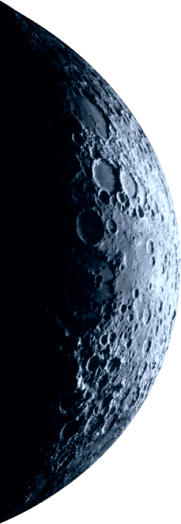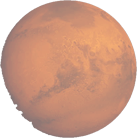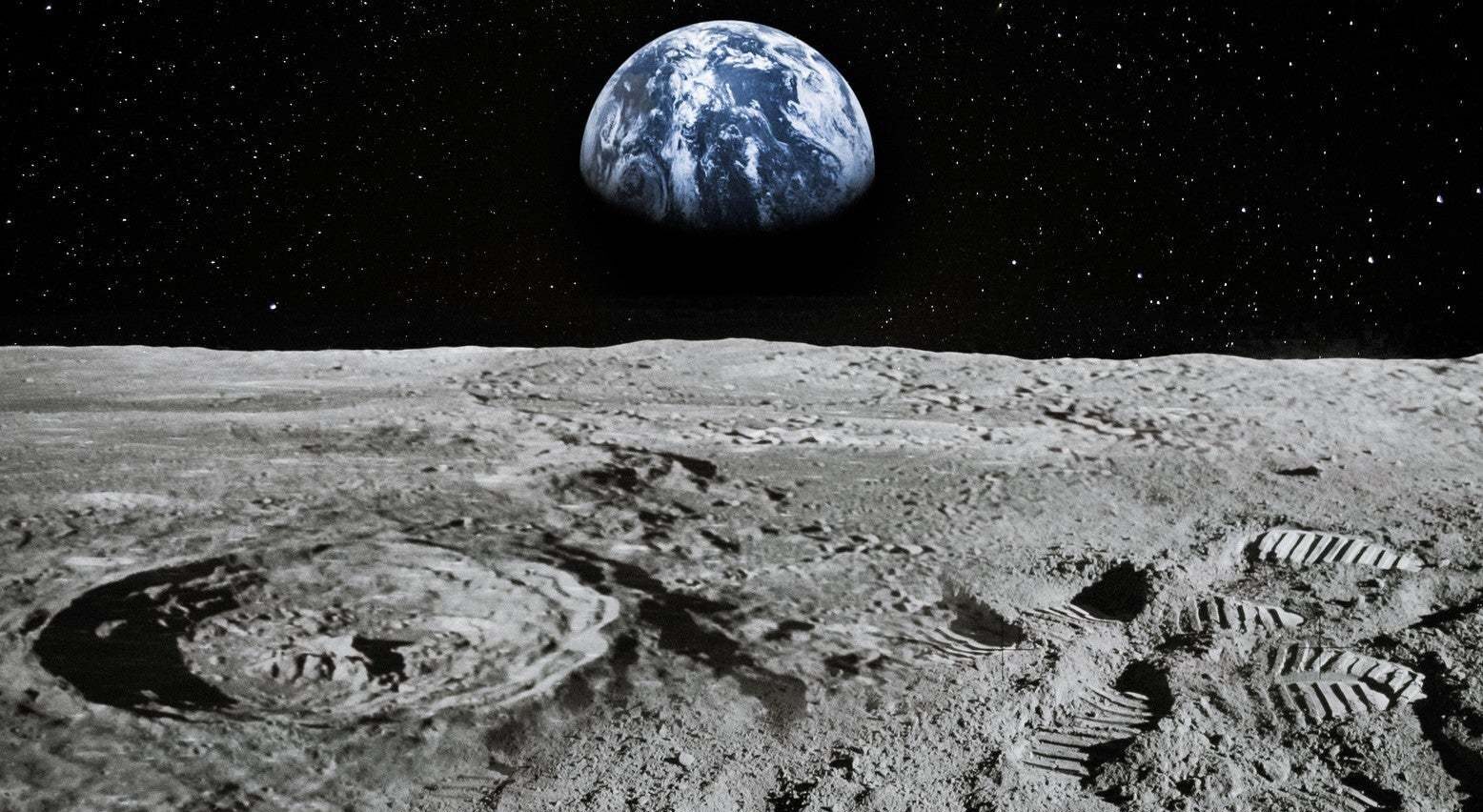


Asking for the Moon
We choose to go to the moon.
In the 1960’s, President John F. Kennedy boldly declared, “We choose to go to the moon. We choose to go to the moon in this decade and do other things, not because they are easy, but because they are hard, because that goal will serve to organize and measure the best of our energies and skills, because that challenge is one that we are willing to accept, one we are unwilling to postpone, and one which we intend to win, and the others, too.” This promise started the “Moon Race” between the USA and USSR, and was fulfilled on the 16th of July 1969, with three astronauts aboard the Apollo 11 space mission walking on the moon and safely returning to Earth.

The moon is Earth’s only natural satellite.
However, the dream of putting a man on the moon and exploring Earth’s only natural satellite did not begin with Mr. Kennedy; it has fascinated and tempted many scholars to know more the mysterious sun of the night. With the aid of the newly invented telescope, Galileo studied this mysterious body in 1609 and concluded that the moon in not smooth, but in fact it has a rocky surface, much like Earth. 360 years later, during the space race, the first human reached the moon. Perhaps one of the most famous one-line quotes is Neil Armstrong’s phrase, “One small step for man, one giant leap for mankind”, made during his moonwalk on July 16, 1969.
Moon exploration today.
To date, missions to the moon have been conducted by China, the European Space Agency, India, Israel, Japan, Luxembourg, Soviet Union, and the United States. In order to facilitate affordable access to the moon and give space entrepreneurs a legitimate platform to inspire future scientists and visionaries to enter the STEM fields, Xprize Foundation teamed up with Google to form what’s known as the Google Xprize. Although there was no winner of the 30 Million USD purse prize, the impact has been tremendous in stimulating interest and development of space and lunar exploration. According to the Foundation, the impact of the competition has been:
-
Over 300 million USD invested into the teams.
-
Creation of private space companies in India, Malaysia, Israel, and Hungary.
-
NASA and JAXA partnerships with competition teams.
-
Advances in miniaturization and 3-D printing technologies.
So what advancements did the Moon exploration bring us?
Here is a list of some of the inventions and technologies developed for space exploration, used every day, that have transformed our society:
-
Battery powered home electronics, like vacuum cleaners. Astronauts did not have a possibility to use cord-powered equipment including the special devices for harvesting Regolith on the moon’s surface. NASA partnered with Black and Decker in order to develop battery powered tools and drills.
-
More precise time measurement, as all space missions require outstanding accuracy.
-
Clear drinking water. Space and weight limitations on a spacecraft require purifying all liquids on board for a second use. Innovative silver ion purification systems are widely used today instead of dangerous chlorine.
-
Comfortable sports shoes. Different durable and flexible materials were crucial for making a sealed and comfortable spacesuit. Subsequently, all patented technologies went to the mass market.
-
Fire-retardant fabrics. The polymers created for spacesuits to deal with possible fire hazards and other purposes are used today by firefighters in their clothes to protect them from intense heat.
-
Small chips. Again, due to weight and space limitations on board, electronics also had to be redeveloped into much smaller size. Today this miniaturization saves millions of lives by implanted pacemakers.
-
Portable lightweight food, Freeze Drying food – a special method of removing water from products to save them for a long time without destroying their beneficial properties. There is only one thing you have to do – add hot water to get a fresh meal. This space technology is widely used by tourists, like rock climbers and ‘outdoors’ men and women.
-
Space blankets. This material was used to cover Apollo’s space modules from the heat of the sun. Now they are used as the optimum emergency thermal insulation material.
-
Wireless headsets. Smaller headsets developed by airline pilots were fitted and developed for NASA, as headsets of the day were too bulky and would not fit into a spacesuit.
Despite all the benefits of space innovations and developments, it was a very expensive mission and in the short term only bought NASA the recognition of landing the first man on the moon. NASA spent nearly the equivalent of 250 billion USD in today’s money on the entire program. The benefits come to the masses after decades of use and refinement. The moon in the 1970’s appeared just like a lifeless rock without economically efficient programs for further research.
Future challenges.
However, humanity is not standing still; our next challenge becomes Mars and other interplanetary missions. As it turns out, bigger distances entail much more complex issues and challenges which require solutions. This brings us to our return to the moon and moon research. In 2017, the international Artemis program started. Its goal is to get people back to the moon in order to establish a moon base for interplanetary missions. A host of companies and government agencies are involved with different challenges within the program, such as delivering payloads and humans to the moon, mining raw materials on the moon’s surface, and developing a new class of life support systems.
Do you want to be a part of the most exceptional comeback in history? Our mission is to help everyone to achieve his or her goals. Do you dare to ask for the moon?
Sergei Panov
Founder “Space Agency”






